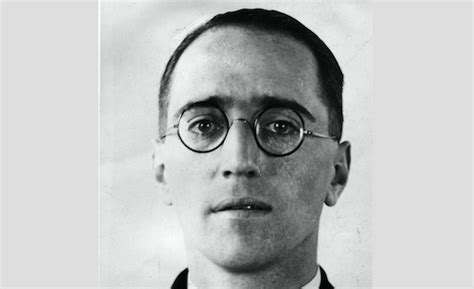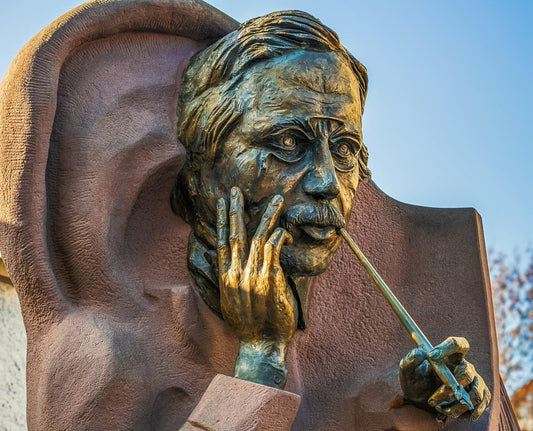As dedicated two-channel lovers, we're all indebted to the genius of one man, Alan Blumlein. But, how many of us know the brief story behind his tackling the then prevalent world of monophonic sound and transforming it into something today we take for granted?
Back in the 1930s of London, when the cinema was first captivating the masses with their new fangled "talkies", Alan Blumlein, an engineer deeply involved in developing radar systems to bolster the British war effort, recognized a distinct flaw in the sound of these films. While his work on radar was integral to national defense, his passion for sound pulled him into another direction entirely.
While others in the movie theater that night were engrossed in a film (the title of which has sadly been lost or never recorded) and eagerly following the plot twists, Blumlein's mind was somewhere else. He was analyzing, critiquing, and growing increasingly frustrated with the audio delivery in its monophonic form that highlighted the disparity between the on-screen action and the stationary sound. As actors spoke and moved, the sound did not follow them.
Blumlein embarked on a relentless journey to fix that problem. After months of trials and a labyrinth of wires, magnets, and innovative designs, Blumlein pioneered a groundbreaking system we call stereophonic audio: a way to simultaneously play sound through two channels (and generating a third phantom channel) giving birth to two channel audio.
Blumlein's genius is what we still cherish today every time we turn up the system level, close our eyes, and get transported to the stage, we have Alan Blumlein to thank.
(I wonder what he would have thought of Dolby Atmos!)








